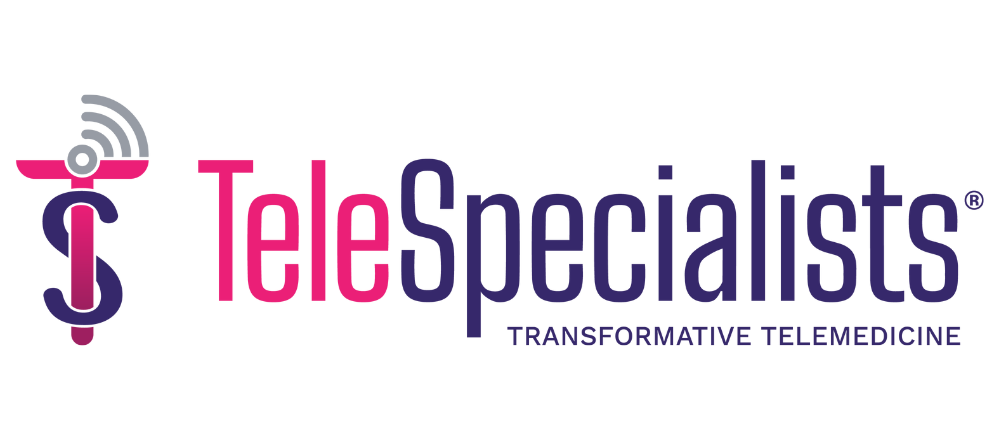
Two years ago, every health conference I attended had multiple panels on clinician burnout. The problem is well known, and the actual system-level contributors have been called out.
In the last year, the solution to burnout is splashed on every conference app log-in screen: generative artificial intelligence (AI).
Labor productivity statistics lead some to proclaim the US is on the “cusp of a productivity boom.” The widespread investment in AI furthers economists’ optimism about a “roaring 20’s” of worker productivity on the horizon. However, this will not take place in health care without accompanying systemic and organizational actions that rethink what we financially incentivize, how we integrate new technologies, how we shift tasks, and how we prepare the workforce.
The AI scribe revolution
In health care, ambient documentation tools have become the star of the show. These “AI scribes” listen to the patient-physician conversation, transcribe the discussion, and then use generative AI to create a first draft clinical note. These solutions remove the laborious work of fully capturing the patient’s story or the physician’s thoughts about the plan. This technology is seen by some as a miracle. Before large language model chat applications were popularized, many physicians did not think such solutions were possible during our careers.
Mid-career physicians like me began our careers building out templates in the electronic health record (EHR) and furiously typing away while our patients told us intimate stories about what led to their scheduled visit. So, having draft notes created for us to simply edit and sign feels like a core burden lifted. This may be why the demand for these products has risen in dramatic fashion over the last couple years. Chief Medical Information Officers across the country are fielding requests (rather, demands!) from their clinicians to be provided such solutions. For many, these tools are getting them home sooner for dinner, decreasing after-hours time in the EHR, and decreasing the cognitive burden that comes along with trying to remember all the pieces of a patient’s story between the time they hear it and the time they can type or dictate it into the right place in the EHR.
This ambient documentation technology is one of the first solutions that has bubbled up from grassroots end users as a critical tool to support current clinical practice. This is in contrast to the last 15 years of EHRs and other digital add-ons that have been pushed down from organizational leaders or vendors in search of the next unicorn.
The long-awaited unicorn is here and it’s real.
Conflicting visions for AI’s impact
Organizational leaders are stoked about the future AI can potentially create. There are endless administrative inefficiencies that affect patient care or inflate costs. Labor accounts for nearly 60% of the average US hospital’s expenses, according to the American Hospital Association. If there were any way to make clinicians more productive — however one might measure that — then hospital leaders are in.
However, not everyone is ready to embrace the full unicorn without first understanding where unicorns come from.
Frontline clinicians are still quite wary. Their concerns stem from the technology itself and also from what organizational or system leaders will do with the new efficiencies gained from the deployment of such technology. Those next steps – the policy changes and operational actions that follow broad AI scribe implementations — are the critical pieces that will determine its success.
Will organizations simply continue to add more patients and more tasks to physicians’ plates? Will we slot generative AI solutions into existing clinic processes that may not serve clinicians’ ideal workflow? Will we integrate these generative AI tools into EHR systems that do not support physicians’ thought patterns or desired storytelling purposes?
Or, now that we have confidence in the performance of AI documentation solutions, will we step back and rethink the current paradigm of how a clinician spends their time? Now that I know the initial draft note is going to be quite accurate, can I spend more time focused on a patient’s difficult story, diving deeper into root causes of health conditions, instead of clicking on the keyboard to accomplish basic data-entry tasks while they talk? Can I move through my patient schedule more effortlessly, so that I stay on time for subsequent patients, keep a reasonable “lunch hour,” and have charting time that actually focuses on communicating the complex reasoning behind my diagnoses and treatment decisions?
Systemic solutions to maximize AI’s potential
These are all system-level decisions and interventions where the AI magic will be realized. Policies that shift payment models to incentivize value and improved health outcomes could further reward more quality time with patients versus added visit volume. Organizational care redesign efforts can ensure multidisciplinary teams employ the best of AI to operate at the top of their licensure to most efficiently serve their populations. Within higher education, baking AI literacy into foundational educational programs for all health workers can encourage clinicians to use AI to augment their work. AI can handle the low-value tasks — the check boxes, the data capture, the administrative steps – while a highly trained workforce does what they do best: connect and communicate with their patients.
The organizations or managers that do this well will better recruit and retain well-trained health workers, improve responsiveness to their patients, and potentially drive down costs for all stakeholders. The health systems that set the right payment incentives will harness AI-generated gains toward the end of better population health and, ultimately, greater economic productivity and security.
We must take advantage of the current opportunity to ensure this dramatic expansion of AI-driven efficiencies and access to information reaches underserved communities in ways that close equity gaps rather than worsening disparities.
Finally, research efforts should rigorously study the impact these solutions have on clinician wellbeing and patient outcomes. Without close evaluation and solid evidence, we risk implementing solutions that appear promising but fail to deliver meaningful improvements or create unintended consequences.
The need for a holistic implementation strategy
Yes, burnout among physicians has improved. However, having just less than half of physicians feeling burned out is hardly cause for celebration. The global health workforce is not growing near fast enough to meet the rising health care demand driven by demographic and epidemiological shifts. Family Medicine — a core primary care specialty that can provide a large public health return on investment — remains unpopular as a career path.
The timing could not be better for a “productivity boom” in health care. The AI tools are here. Marc Benioff has predicted a coming AI-driven productivity wave; one we are well positioned to ride in health care. Systemic actions, through pulling new policy and operational levers, will ultimately determine whether we truly capitalize on such game-changing capabilities or whether we propagate drivers of clinician burnout and poor population health
Photo: PixelEmbargo, Getty Images
Travis Bias, DO, MPH, FAAFP, is a family medicine physician and deputy chief medical officer, health information systems, for Solventum. He is co-director of a comparative health systems course at the University of California, San Francisco Institute of Global Health Sciences. He has 15 years of experience in multiple clinical settings and is also currently practicing telemedicine.
This post appears through the MedCity Influencers program. Anyone can publish their perspective on business and innovation in healthcare on MedCity News through MedCity Influencers. Click here to find out how.











